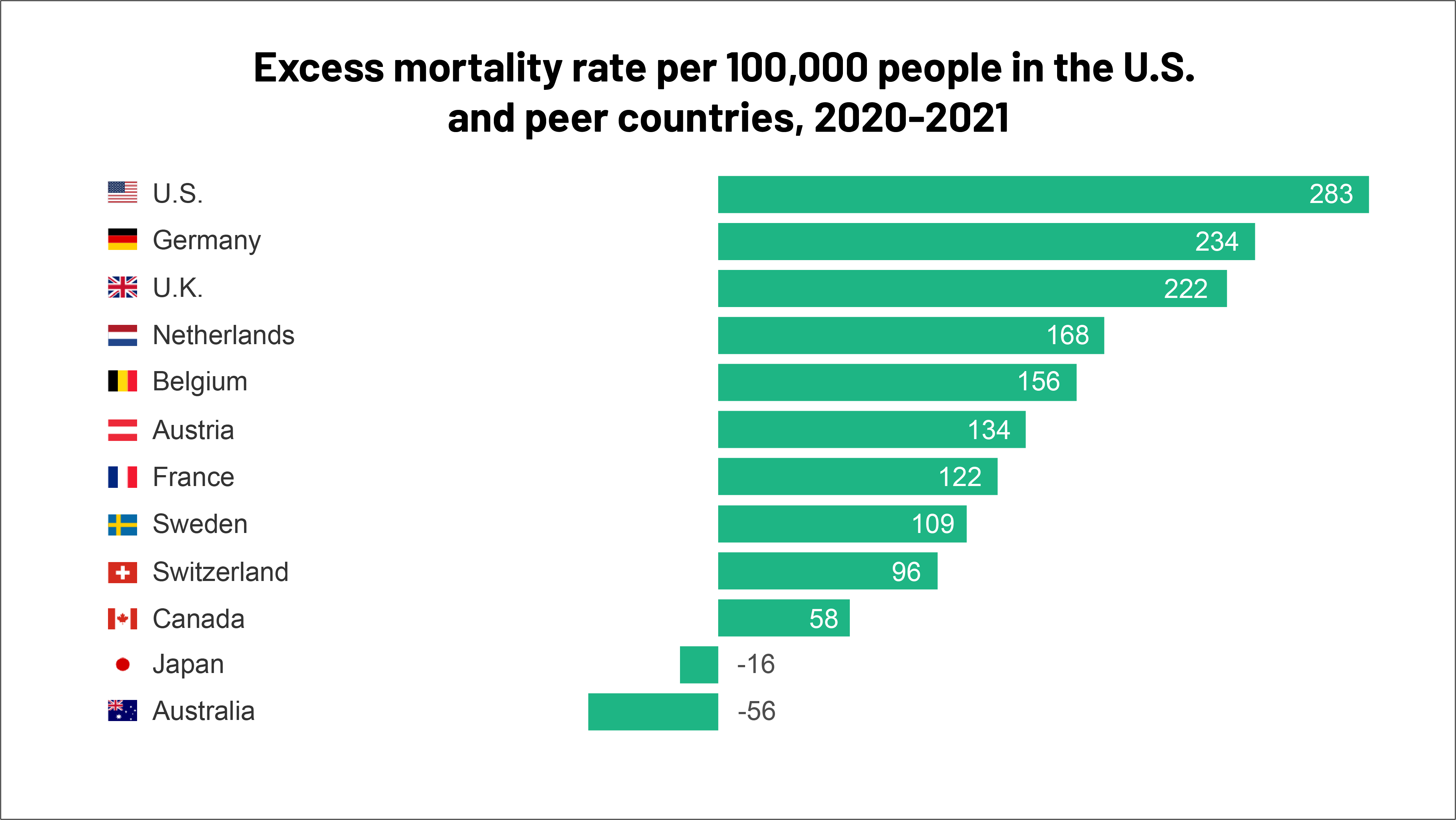The Decline Of American Military Power And The Rise Of China's

Table of Contents
Factors Contributing to the Perceived Decline of American Military Power
The narrative of a declining US military isn't simply about reduced capabilities; it's a multifaceted issue stemming from internal and external pressures.
Budgetary Constraints and Internal Political Divisions
Decades of continuous military engagements and competing domestic priorities have placed significant strain on the US military budget. While still the world's largest spender on defense, the US military's budget growth hasn't kept pace with China's, creating a widening gap in spending power.
- Data Point: While exact figures fluctuate yearly, numerous reports from organizations like the Stockholm International Peace Research Institute (SIPRI) consistently show China's military expenditure growing at a faster rate than that of the US.
- Political Gridlock: Internal political divisions further complicate matters, leading to protracted debates on military spending, modernization programs, and strategic priorities. This often results in delayed or cancelled projects, hindering the US military's ability to adapt to emerging threats.
- Resource Allocation: The challenge lies in balancing resources between addressing existing conflicts and investing in technologies needed to counter future threats, particularly from China.
Technological Stagnation and the Rise of Asymmetric Warfare
China's rapid advancements in military technology pose a significant challenge to the US. While the US possesses superior overall technological capabilities in certain areas, China's targeted investments in specific technologies, such as hypersonic missiles and artificial intelligence (AI)-powered weaponry, create asymmetric advantages.
- Hypersonic Missiles: China's development of hypersonic missiles presents a significant challenge to US missile defense systems.
- AI Integration: China's integration of AI into its military strategy, including autonomous weapons systems, presents a new layer of complexity for US military planners.
- Adaptability: The US military faces the challenge of adapting to these new threats and developing countermeasures rapidly enough to maintain its technological edge.
Overextension and the "Forever Wars"
The prolonged military engagements in the Middle East, often described as "forever wars," have had a significant impact on US military resources and personnel. These wars have diverted resources and attention away from other critical areas, including the rising threat posed by China.
- Personnel Strain: Years of deployment have led to personnel shortages and burn-out, impacting readiness and morale.
- Opportunity Cost: The vast resources spent on these conflicts represent an opportunity cost – resources that could have been allocated to modernizing the military to counter China's growing power.
- Strategic Focus: The need to re-evaluate strategic priorities and shift focus from counter-terrorism to great power competition is becoming increasingly apparent.
The Rise of China's Military Power
China's military modernization is a multi-pronged effort encompassing significant investment, strategic expansion, and technological innovation.
Massive Investments in Military Modernization
China's military budget has seen consistent, dramatic increases over the past two decades, fueling its acquisition of advanced weaponry and technological advancements.
- Budgetary Growth: The consistent increase in military spending enables China to invest heavily in research and development, producing a wide array of advanced military systems.
- Naval Expansion: China's ambitious naval expansion program, including the development of aircraft carriers and advanced submarines, significantly expands its power projection capabilities in the Indo-Pacific region.
- Space Program: China's growing space capabilities, including anti-satellite weapons, further enhance its military reach and strategic advantage.
Expansion of China's Military Presence in the Indo-Pacific Region
China's assertive actions in the South China Sea, including the construction of artificial islands and military bases, demonstrate its growing regional dominance.
- South China Sea Disputes: China's claims in the South China Sea are a major source of regional tension and raise concerns about its intentions and regional stability.
- Military Infrastructure: The establishment of military bases and infrastructure allows China to project power further into the region, challenging the existing US-led security architecture.
- Regional Instability: This expansion has raised concerns among neighboring countries and the US about the potential for increased conflict and instability.
China's Growing Cyber and Information Warfare Capabilities
China is actively developing its cyber and information warfare capabilities, posing a significant threat to US infrastructure and national security.
- Cyberattacks: China's sophisticated cyber capabilities pose a threat to critical infrastructure and sensitive data within the US.
- Propaganda and Disinformation: China utilizes propaganda and disinformation campaigns to shape global narratives and influence public opinion.
- Combating Threats: Countering China's sophisticated information campaigns requires a multi-faceted approach involving both technological and strategic countermeasures.
Conclusion: Navigating the New Global Order: Understanding the Decline of American Military Power and the Rise of China's
The perceived decline of American military power and the rise of China's represents a fundamental shift in the global power balance. Budgetary constraints, technological challenges, and the legacy of prolonged conflicts have contributed to a relative weakening of US military dominance. Simultaneously, China's massive investment in military modernization, its assertive actions in the Indo-Pacific, and its growing cyber capabilities are reshaping the global strategic landscape. Understanding this dynamic is crucial for navigating the complexities of the new global order. The future will require a re-evaluation of strategies, alliances, and resource allocation to address these evolving challenges. To stay informed on this critical topic, we recommend further research into reports from organizations like the Center for Strategic and International Studies (CSIS) and the RAND Corporation, as well as books focusing on great power competition. Continued engagement with the issue of the decline of American military power and the rise of China's is vital for ensuring future geopolitical stability.

Featured Posts
-
 Tulsa Remote Worker Program Study Shows Positive Roi
May 31, 2025
Tulsa Remote Worker Program Study Shows Positive Roi
May 31, 2025 -
 Rare Banksy Broken Heart Wall Art To Appear At Auction
May 31, 2025
Rare Banksy Broken Heart Wall Art To Appear At Auction
May 31, 2025 -
 Global Covid 19 Update Who Reports On A Newly Detected Variant
May 31, 2025
Global Covid 19 Update Who Reports On A Newly Detected Variant
May 31, 2025 -
 Glastonbury Resale Tickets Best Times To Buy And Price Expectations
May 31, 2025
Glastonbury Resale Tickets Best Times To Buy And Price Expectations
May 31, 2025 -
 Giulianis Emotional Remembrance Of Bernie Kerik A Legacy Of Service
May 31, 2025
Giulianis Emotional Remembrance Of Bernie Kerik A Legacy Of Service
May 31, 2025
